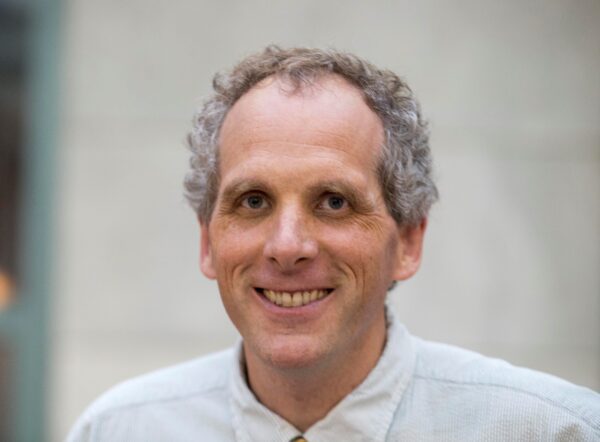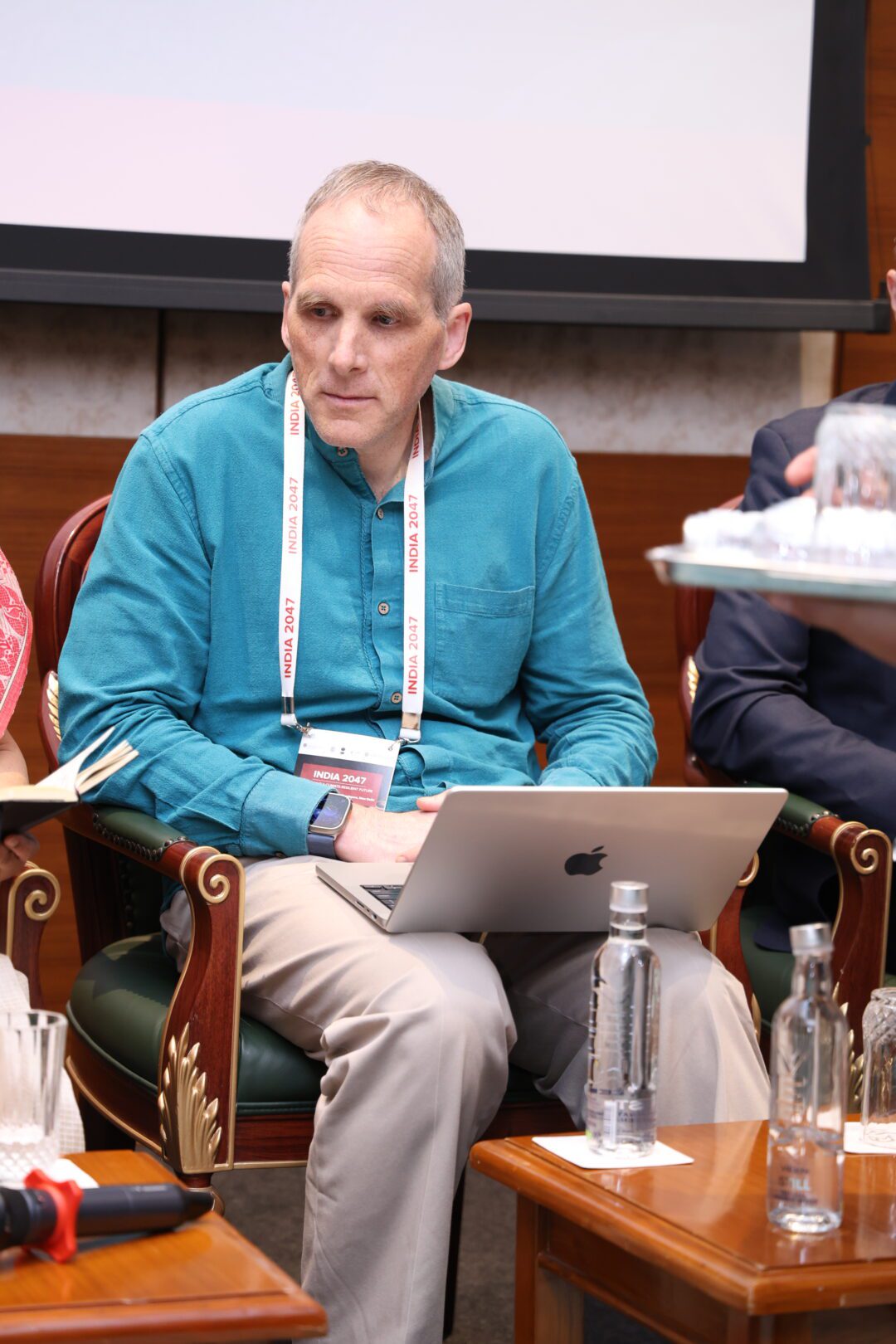Understanding history is essential to predicting and adapting to future challenges, especially when it comes to complex issues like air pollution. In this one-of-a-kind session, where such intersections of history, science, and public health are rarely explored together, David S. Jones, Ackerman Professor of the Culture of Medicine at Harvard University, will moderate a December 3 discussion on air pollution titled “Beyond the Haze: Interdisciplinary Perspectives on Air Pollution.” Trained in both psychiatry and the history of science, Prof. Jones will be joined by Bhargav Krishna, Convenor of the Sustainable Futures Collaborative, and Sunil Amrith, Renu and Anand Dhawan Professor of History at Yale University.
We spoke with Prof. Jones about the talk and how lessons from the past can guide more inclusive and effective approaches to tackling air pollution today.

Prof. David S. Jones
Mittal Institute: How have societies historically understood and responded to public health crises caused by environmental hazards, and what lessons can we draw for today’s air pollution challenges??
David Jones: Soon after humans began building cities, they realized that urban crowding created conditions that threatened their health. Water was the most obvious challenge. Cities had to provide a supply of clean water and had to remove human waste. This often-required collective action, with governments spending public funds to build the infrastructure required to make city living safe (or at least safer). Ancient Romans built aqueducts to bring water to their city. Nineteenth century Londoners and Parisians built elaborate sewers.
Air pollution has also been a problem for centuries. As soon as humans began burning coal in factories and in homes, city residents complained about the smoke and smell. By the late nineteenth century, for instance, residents of Calcutta and Bombay demanded that their governments act against the “smoke nuisance.” Laws were passed, smoke inspectors were hired, and health officials monitored conditions.
But air pollution proved to be a difficult problem in cities around the world. Even as they condemned coal smoke, people continued to seek out the economic opportunities made possible by coal in manufacturing cities during the Industrial Revolution. Coal smoke was seen not just as a toxic threat, but as a marker of economic progress. This tension persists today. Many important economic activities—manufacturing, transportation, construction, and electrical power generation—generate air pollution. People still struggle to find ways to enjoy the benefits of those activities without collateral damage. Fortunately, rapid progress is now being made, especially in India, China, and Africa, with the development of solar power and other forms of clean energy.

India Gate in New Delhi | Adobe
Mittal Institute: In what ways have scientific knowledge and medical narratives shaped public awareness and policy responses to pollution over time?
David Jones: Over the many centuries during which humans have fought against environmental pollution, their understanding of the problem has changed enormously. In the nineteenth century, Europeans and many others had an intuitive sense that foul things—rotted food, excrement, corpses, stagnant water, smoky air—threatened health. Many public health campaigns operated at this level: people sought air and water that were clear and odor-free. The rise of germ theory in the late 1800s transformed the rationale for public health action: now the goal was to find and kill the microbes that caused cholera, plague, tuberculosis, or other infectious diseases. This led to considerable progress with providing clean water.
The situation with air pollution was more confusing. Some argued that smoke, born from fire, was sterile (e.g., germ free), and therefore not a threat to health. Many societies had long used smoke to fumigate (e.g., to sterilize) homes and clothing after plague, smallpox, or other epidemics. That idea might have slowed action against air pollution.
Only in the late twentieth century did scientists convincingly demonstrate that the particles in smoke itself were a threat to health. These have now been linked not just to the most obvious effects—coughing, sneezing, and respiratory disease—but also to heart disease, dementia, and even infertility. Health officials hope that the growing knowledge of the direct health effects of air pollution will mobilize the political and social will needed to make further progress against air pollution.

Prof. David Shumway Jones at Climate Conference in March 2025, India 2047: Building a Climate Resilient Future
Mittal Institute: How can historical insights guide more inclusive and culturally informed approaches to tackling air pollution in the present?
David Jones: As efforts against smoke ramped up in Bombay and Calcutta in the nineteenth century, British and Indian officials grappled with a basic question: was the situation in India similar or different from that in England? Some of the uncertainty was about climate: scientists debated whether air pollution behaved differently in India’s heat and humidity. British physicians, engineers, and bureaucrats also wrote disdainfully about Indian people (and about Chinese people in Shanghai). They blamed them for pollution, for instance attributing coal smoke to careless Indian and Chinese factory workers, or expressing concern about the smoke produced by cremation. They also suggested that Indian and Chinese people were more tolerant of polluted air than the British were.
We have come a long way since then, but many challenges persist. Some Indian officials have doubted whether air pollution science, developed mostly in Europe and North America, is relevant for Indians. Others have argued that the dire poverty seen in India justifies a focus on economic development: the government should tackle poverty first, pollution second.
Yes, it would be valuable to conduct more research on the health effects of air pollution in India. Yes, economic development is essential. But we know enough now to be confident that more action could be taken to control air pollution in India and around the world, and that this can be done without compromising economic prosperity. And we know that one-size-fits-all approaches rarely work. The best public health programs, for air pollution or anything else, pay close attention to the specific local causes of a problem, the economic circumstances that drive those causes, the local impact of public health interventions, and the values, goals, and decisions of local communities.
☆ The views represented herein are those of the interview subjects and do not necessarily reflect the views of the Mittal Institute, its staff, or its steering committee.
